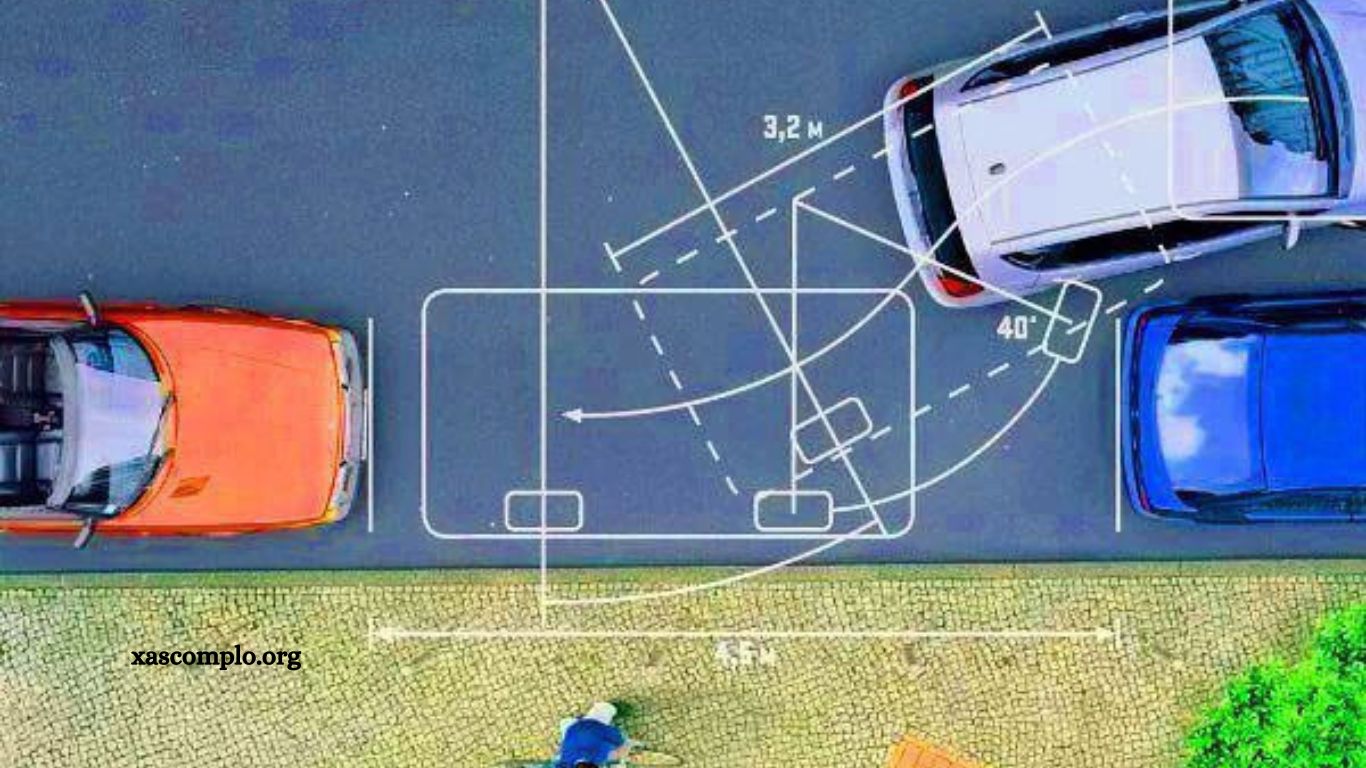Parallel parking is a skill that every driver should master to navigate urban environments and crowded parking areas with confidence. Proper parallel parking not only maximizes available space but also ensures safety for both the driver and surrounding vehicles. By understanding and applying proven techniques, drivers can perform parallel parking smoothly and efficiently, reducing stress and minimizing the risk of accidents.
This guide offers practical advice and step-by-step methods designed to help drivers of all experience levels improve their parallel parking ability. Whether you are parking on a busy city street or a tight lot, these best practices will enhance your control, precision, and overall driving competence in various parking scenarios. Mastery of parallel parking ultimately contributes to safer and more efficient road use for everyone
Read More: Overcoming the Challenges of Reverse Parking
Why is mastering parallel parking important?
Parallel parking enables you to utilize tighter parking spaces that would otherwise be inaccessible, expanding your options in crowded or limited areas. It also allows you to park confidently in spots without designated markings, increasing your flexibility in urban environments. Enhancing your parallel parking skills reduces the risk of accidental damage to your vehicle and surrounding cars, promoting safer parking practices. Ultimately, developing this ability improves your overall driving confidence and convenience, making it an essential skill for every driver.
Parallel Parking Techniques and Tips
- Take your time: Avoid rushing the process. Move slowly and deliberately, allowing yourself enough time to make precise adjustments and ensure your vehicle is perfectly aligned within the parking space.
- Use your rearview mirrors: Properly adjust your mirrors to maintain clear visibility of surrounding vehicles and obstacles, helping you navigate safely during parking.
- Practice the “reference point” method: Identify a fixed point on the vehicle ahead, such as a bumper or side mirror, and use it as a visual guide to position your vehicle accurately while maneuvering into the spot.
Common Mistakes When Parallel Parking
Many drivers encounter challenges when parallel parking, often making avoidable errors. Common mistakes include:
- Neglecting to properly adjust the rearview mirrors before beginning the maneuver, which limits visibility and increases the risk of collisions.
- Failing to use the “reference point” method, resulting in poor vehicle alignment and inefficient parking.
- Misjudging the available space, which can lead to scraping or damaging nearby vehicles and obstacles.
Being aware of these common pitfalls can help drivers improve their technique and park more safely and effectively.
Tips for Parallel Parking in Tight Spaces
Parallel parking in confined areas requires extra precision and patience. To make the process smoother:
- Drive slowly and carefully: Maintain a slow, controlled speed to minimize the risk of collisions with nearby vehicles or obstacles.
- Use your rearview mirrors: Continuously monitor your surroundings and adjust your vehicle’s position as you approach the parking spot to ensure accuracy.
- Perform reverse maneuvers when needed: Don’t hesitate to make small back-and-forth adjustments to align your vehicle perfectly within the tight space.
These strategies help improve control and confidence when parking in restricted areas.
Tips for Parallel Parking on Slopes
Parking on a hill adds complexity due to the incline, but following these tips can help ensure safety and control:
- Engage the handbrake: Always use the handbrake to keep your vehicle securely in place while maneuvering and once parked.
- Rely on your rearview mirrors: Continuously check your surroundings and vehicle position to maintain control on the slope.
- Practice on gentle inclines first: Build your confidence and skill by practicing parallel parking on mild slopes before attempting steeper hills.
These precautions will help prevent rollbacks and ensure safe, stable parking on inclines.
Frequently Asked Questions
How do I know when to start turning the steering wheel while parallel parking?
Begin turning the wheel when your front bumper aligns with the rear bumper of the parked car beside you. Using reference points on nearby vehicles helps you time your turns precisely.
What if there isn’t enough space to park parallel?
If the space is too tight, it’s safer to find another spot. Attempting to force your vehicle into a very small space increases the risk of damage.
How can I avoid hitting the curb when parallel parking?
Turn the steering wheel sharply away from the curb as you finish parking, and use your mirrors and reference points to maintain a safe distance.
Should I use my side mirrors or rearview mirror more when parallel parking?
Both are important. Side mirrors help you gauge the distance from the curb and adjacent vehicles, while the rearview mirror keeps track of what’s behind you.
How do I park safely on a hill with parallel parking?
Use your handbrake, turn your wheels toward the curb when facing downhill (or away when facing uphill), and always check your surroundings carefully.
Conclusion
Mastering parallel parking is a valuable skill that enhances your driving confidence and makes navigating tight urban spaces much easier. By practicing proper techniques, using your mirrors effectively, and taking your time, you can park safely and efficiently in a variety of situations, including tight spots and slopes. Avoiding common mistakes and following best practices not only protects your vehicle but also ensures the safety of others around you. With patience and consistent practice, parallel parking can become a smooth, stress-free part of your driving routine.

